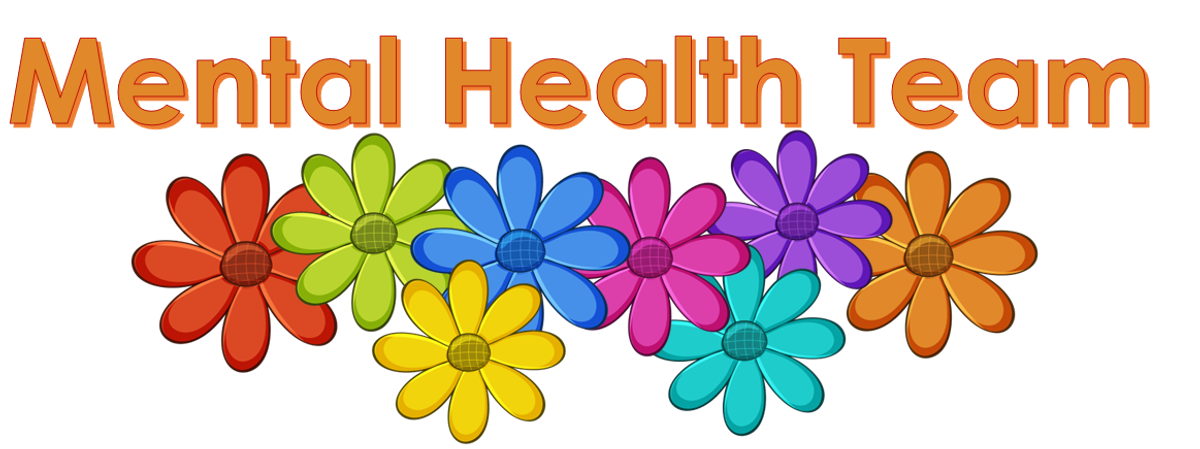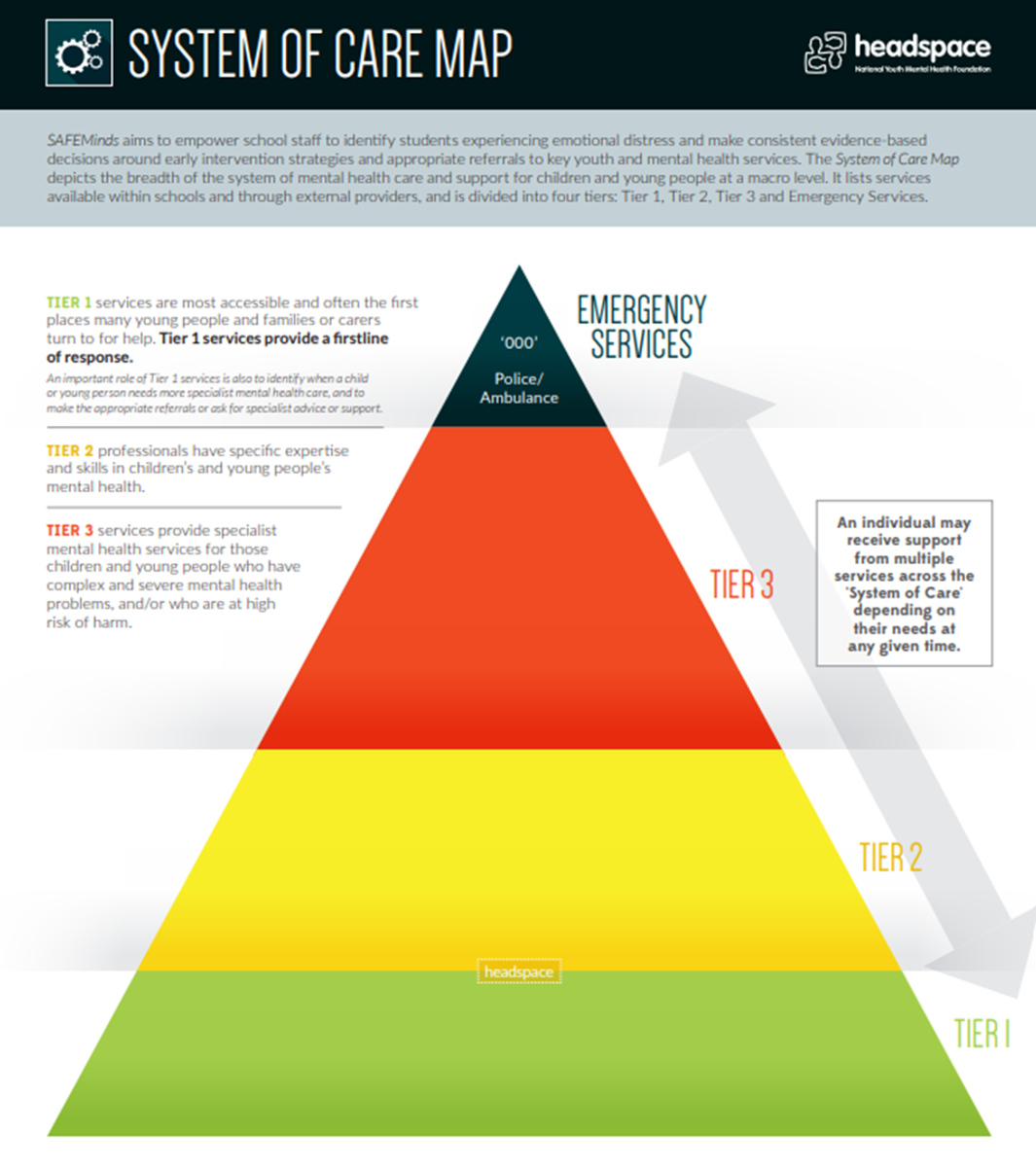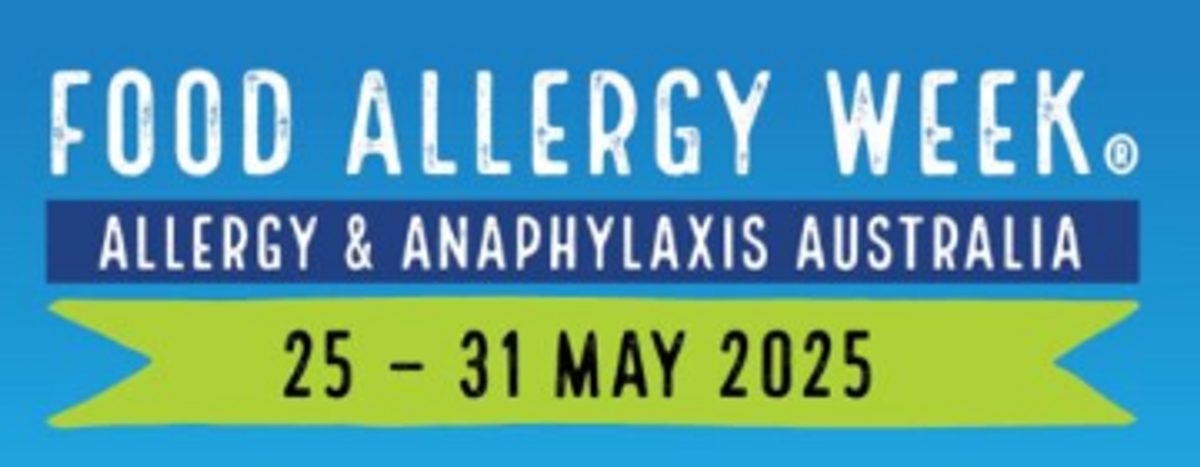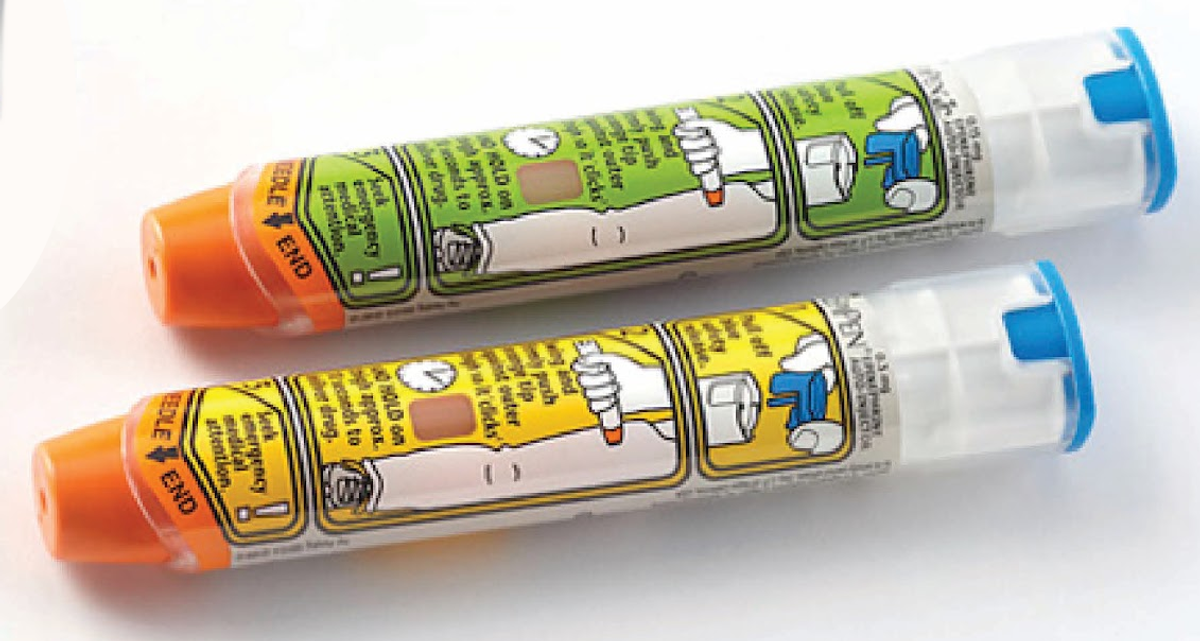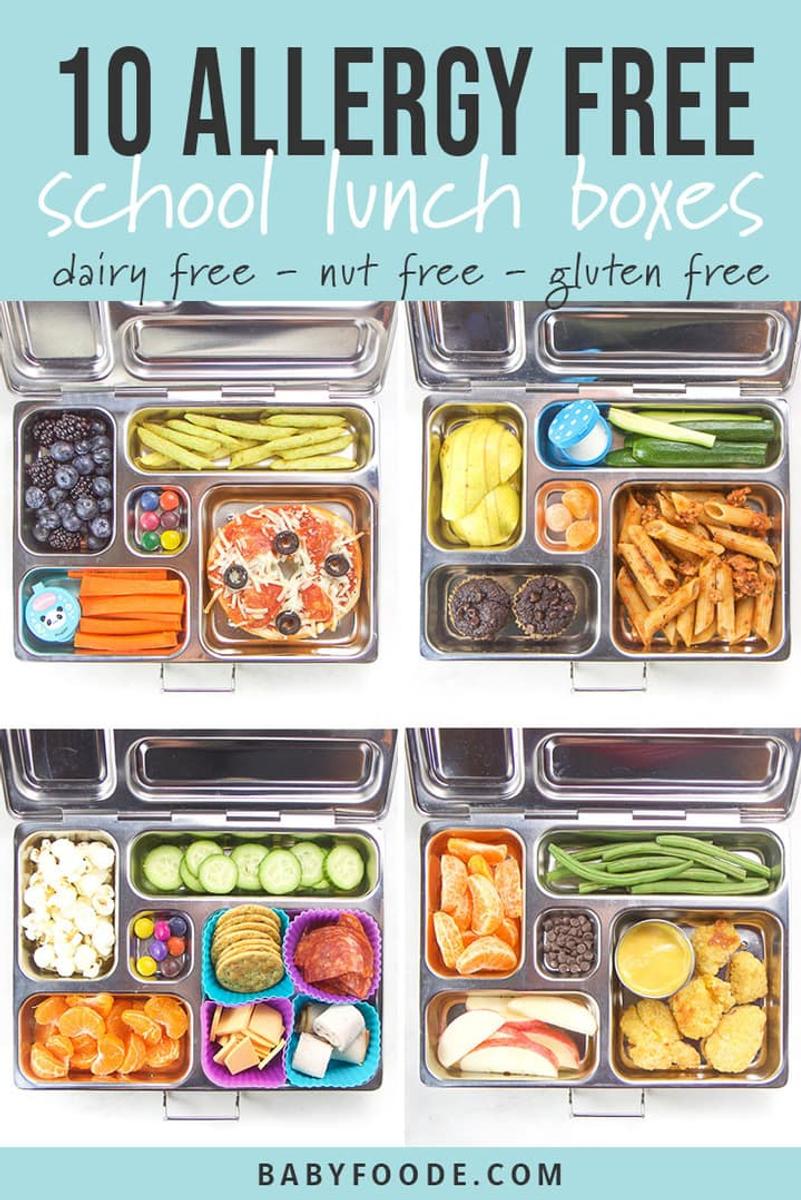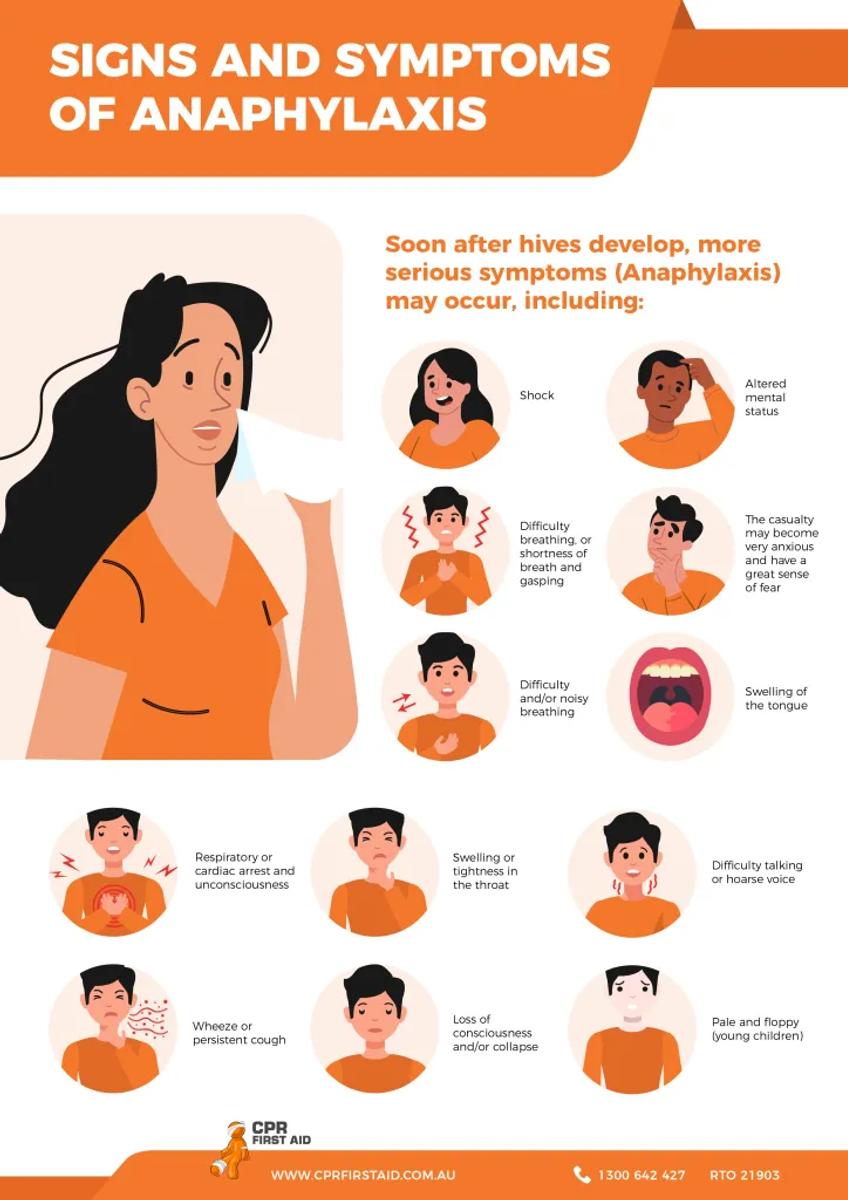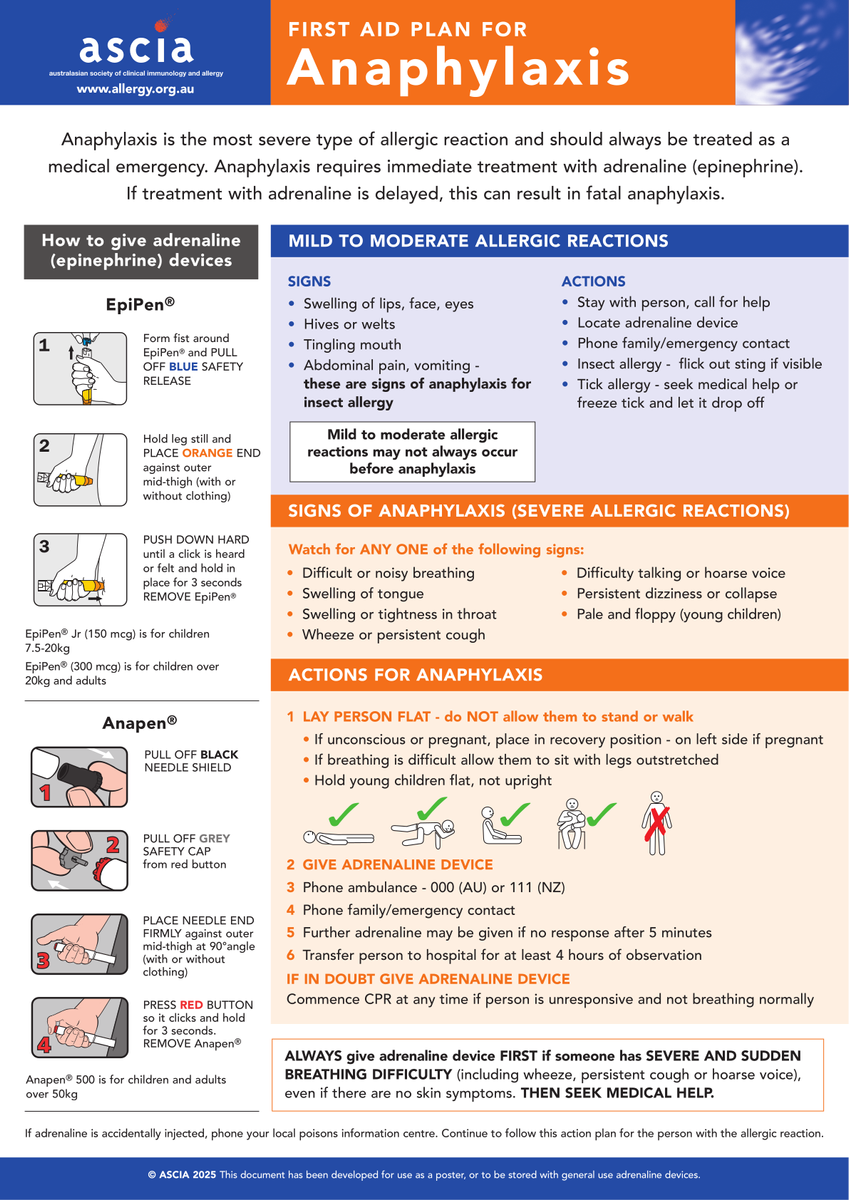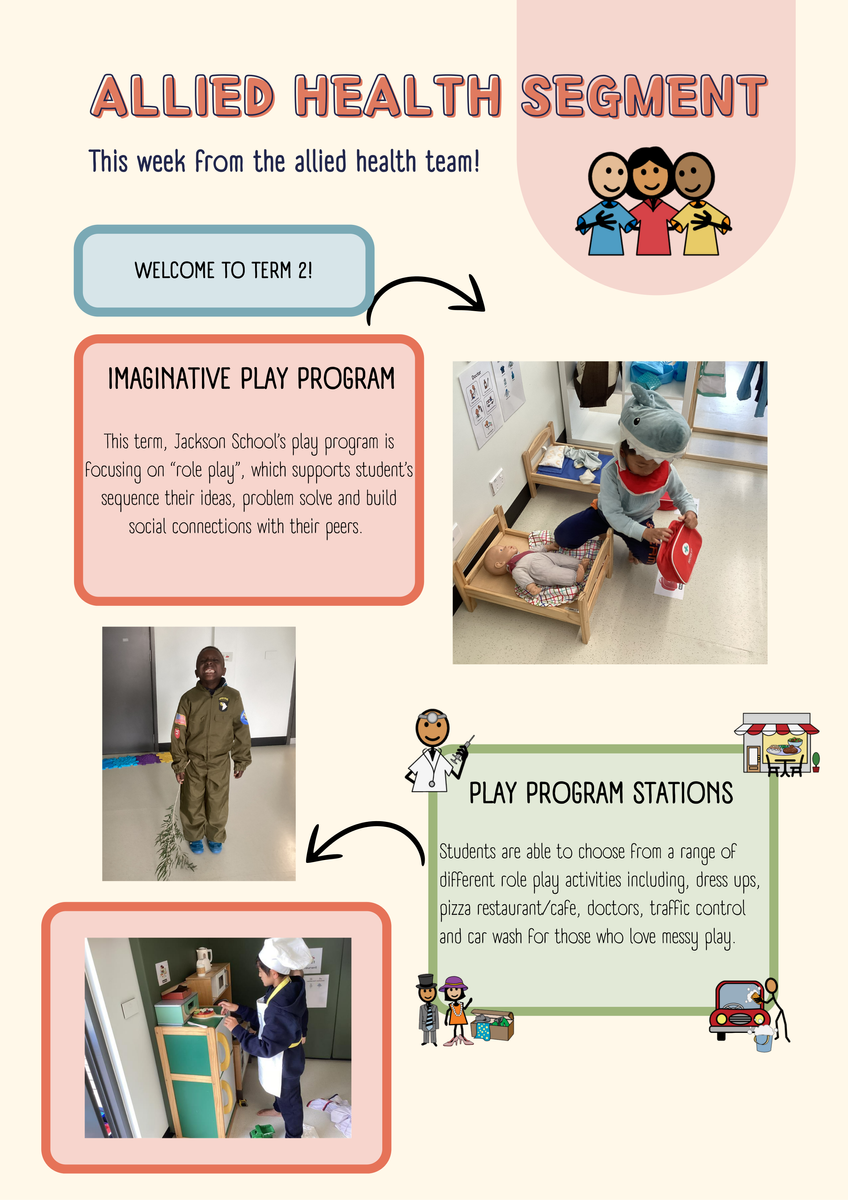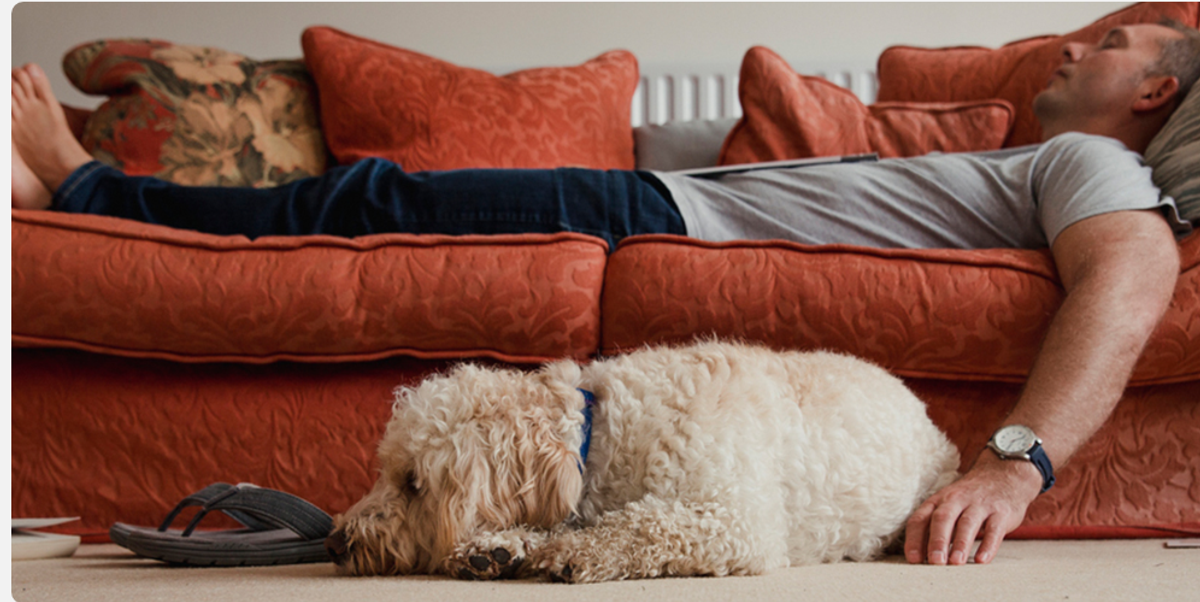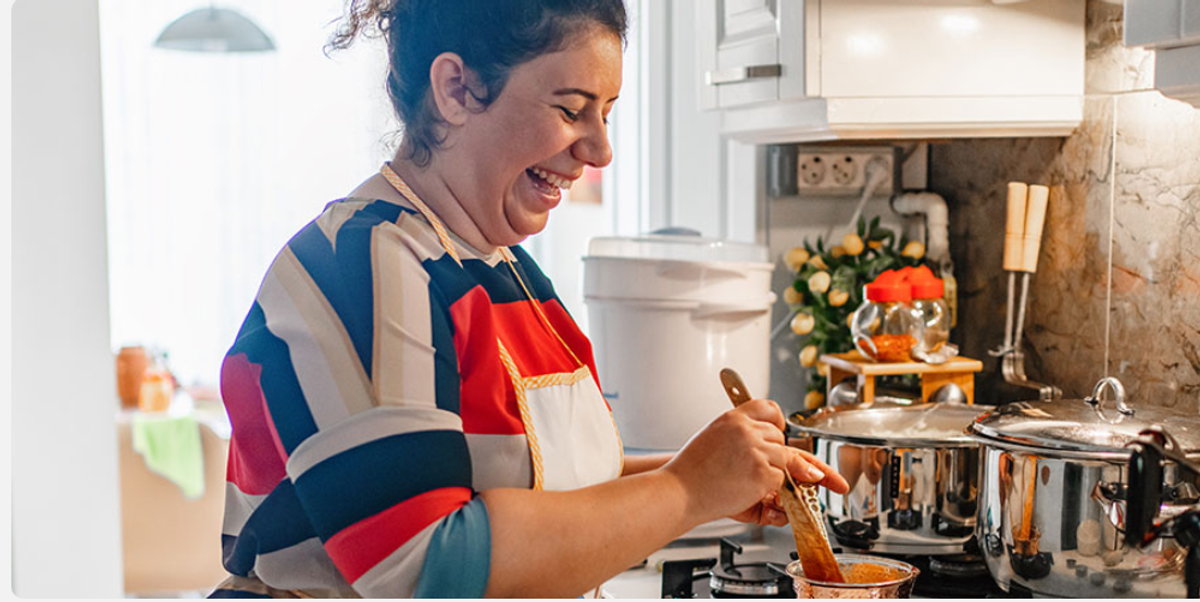Health & Wellbeing News

This SAFEMinds System of Care Map shows the levels of mental health care students may need and what this involves. The school mental health team primarily support students who are at the “tier 1” and “tier 2” level. When students are at the “tier 2” level, external support like a mental health care plan via GP, NDIS therapist, or Headspace, might be needed. Students at a “tier 3” level requiring more specialised and intensive support are referred out to services like Orygen and CAMHS (Child and Adolescent Mental Health Services).
For more information about how to support your child to have a safe and healthy body and mind, click here to view SAFEMinds resources for parents and carers:
Parents and Carers – SAFEMinds – Schools and Families Enhancing Minds
If your child is at risk of severe mental health concerns, you can contact:
The Royal Children’s Hospital Child and Adolescent Mental Health Service (0-11yo): 1800 44 55 11
Orygen (12yo +): 1800 888 320
If it is an emergency (e.g. self-harming or suicidal ideation), call 000 or present to your local emergency department.
Protecting Lives Through Education!
Anaphylaxis Awareness Week is here - a time to shine a light on one of the most serious allergic reactions. Anaphylaxis is fast, frightening, and potentially fatal, but with the right knowledge and action, lives can be saved.
Did you know?
- Over 1.5 million Australians live with food allergies.
- Every 17 minutes, someone heads to an emergency department due to anaphylaxis.
- The most common triggers include foods, insect stings, medications and latex.
What is Anaphylaxis?
Anaphylaxis is a severe allergic reaction that can cause:
- Swelling of the lips, tongue or throat
- Breathing difficulties
- Hives or rash
- Dizziness or collapse
Immediate treatment with an adrenaline auto-injector (like an EpiPen) is critical. Calling emergency services is always the next step.
Why this Week Matters
Anaphylaxis Awareness week encourages schools, workplaces and communities to:
- Learn th signs and symptoms
- Understand how to respond in emergencies
- Create allergy-safe environments
Your knowledge could be the difference between life and death.
How You Can Get Involved
- Host an awareness session in your workplace or school
- Share resources from Allergy & Anaphylaxis Australia
- Make your space safer by labelling allergens and promoting inclusivity
Event Highlight
Join the Allergy & Anaphylaxis Australia Awareness Breakfast, or participate online to
support advocacy and education.
Let's make every week safer for Allergy Sufferers
Together, we can make Australia a leader in allergy awareness and emergency preparedness. Talk, share and support - because awareness saves lives.
Learn more and download resources - visit www.allergyfacts.org.au
Reframe The Barriers to Healthy Exercise Habits
How to move from obstacle to opportunity
Change is hard, particularly when it comes to being more active. But you can reframe the problem and pave the way for success with a little self-compassion, intrinsic motivation and seeing your own wellbeing as the bedrock to a good life, writes AFL umpire Chelsea Roffey.
Fall off the wagon, throw in the towel?
The temptation is real: an overindulgence in chocolate ruins plans for a low-sugar diet. A comfy couch beckons instead of getting active. The weather is working against your fitness goals.
It’s easy for a momentary lapse to derail efforts. Guilt, regret and shame are poised for attack.
Now. This is your moment. Opting for self-compassion, over judgement, can be a motivating force for growth and change.
Self-compassion allows us to see ourselves clearly, providing the psychological safety that can help us to learn. But while it is natural to embrace friends and colleagues with an attitude of kindness, we can struggle to show up for ourselves in the same way.
The positive impacts of self-compassion have been observed in a variety of circumstances – from building resilience in cancer patients, to treating body image and eating behaviour, improving emotional health of female athletes (and overall performance), to stress reduction, prevention of burnout and shaping wellbeing during the ageing process.
When we respond to difficulties with kindness, we learn to recover quickly from bumps in the road. We refocus our energy instead of getting caught up in a cascade of negative thoughts or feelings.
For many, it’s a novel approach to interrupt the negative bias that humans are prone to, which can lead to self-destructive cycles of thinking.
Self-compassion offers an alternative: ‘Start again. Start now.’
Swap ‘should’ for ‘could’
While extrinsic rewards (or punishments) can be effective motivators, finding meaning from within can help a habit to last.
If exercise is a challenge, try looking at it through a different lens. Consider important areas of your life that could be enhanced if you improved your health through exercise. For example:
a better night’s sleep
a boost in energy levels, enabling playtime with your children in the backyard
strengthening a bond with a partner or friend who is also working to optimise their health
exploring a new skill or geographical area, where physical movement is a by-product of the activity.
If your daily to-do list is long enough, aim to fit exercise into your life, or use it to create the life you want.
Swap out the ‘should’ for ‘could’ to find motivation through the things that give your life meaning.
Healthy habit
Match the reward to the goal. Is a junk food binge the best choice to honour reaching a healthy weight? Choose a celebration that supports the new habit and leaves you feeling great.
I feel guilty for putting myself first
If feeling guilty is common for you, bear this in mind:
Wellbeing is the cornerstone for all else in your life
You know the drill: fit your own oxygen mask first. Consider that your physical wellbeing dictates the quality of your thinking, energy management, and resilience in the face of life’s challenges. It impacts your sleep, nutrition, mental state and relationships.
Make a new habit of prioritising your health above all else, and be amazed how showing up for yourself can positively influence everything (and everyone) around you.
You are a powerful role model
Lead from the front. For the little people in your life. For your partner. Your parents, siblings, friends and colleagues. Good health is infectious! Showing others how to take responsibility for their health through being active is one of the greatest gifts you can give.
The energy paradox
Here’s a revelation: Exercise energises.
It sounds counterintuitive, until you weigh up the multiple ways that being active gives back:
building fitness, muscle memory, strength and stamina
improving mental function by supplying oxygen-rich blood to the brain
releasing ’nature’s painkillers ‘, endorphins, that induce a natural high to combat stress, depression and anxiety.
Exercise can also help curb cravings for sugar and cigarettes.
Next time you’re too tired or feel too stretched to exercise, try to overcome the resistance. Even a short burst of activity can refuel the tank. Guilt depletes, but exercise energises.
What foods should I eat to avoid fatigue?
Fatigue is very common in Australia, with around 1.5 million people seeking fatigue-related advice from their doctors every year.
Signs of fatigue include chronic tiredness, muscle weakness and poor concentration. However, positive lifestyle behaviours such as a balanced diet and regular exercise can help to prevent fatigue and sustain our energy levels.
Carbohydrates
When we eat carbohydrates, our body breaks them down into simple sugars to be used as energy. Our brain relies on carbohydrates as its main source of energy and doesn’t like to use fats to keep it running if carbohydrate stores are low. When our brain starts to rely on fats, we can often feel tired and lethargic. To make sure your brain has enough carbohydrates to stay energised, try to include a wholegrain carbohydrate source at every meal. Wholegrain bread, noodles, pasta, quinoa, brown rice, legumes, or beans are great options.
Iron
Iron helps to transport oxygen around our body and is another essential nutrient for preventing fatigue. When we don’t consume enough iron, we can become anaemic, which can result in extreme fatigue. To ensure you’re getting enough iron, focus on animal-based protein sources like eggs, meat, fish and poultry. Plant based foods like beans and lentils, rice, nuts, dark leafy green vegetables, and wholegrains contain some iron, but it isn’t absorbed as well as animal sources. Try our lamb curry for a great iron-rich dinner option.
B Group vitamins
B group vitamins have a key role to play in converting our food to energy and preventing fatigue. There are seven key B vitamins, and a lot of them can be found in animal products like dairy, pork, eggs, beef, and chicken. Other B group vitamins are found in wholegrains, nuts, legumes, green vegetables and some fortified breakfast cereals.
As B group vitamins are found in lots of different foods, the best way to make sure you’re getting your daily dose is to enjoy a wide variety of foods from the five food groups, every day.
Exercise and fatigue
Lack of exercise can also contribute to fatigue. Physical activity helps to boost our energy levels and can help us get a better night’s sleep to feel energised the next day. Start off with low impact exercises like walking, yoga or Pilates and gradually increase the time you spend exercising to prevent burn out.

